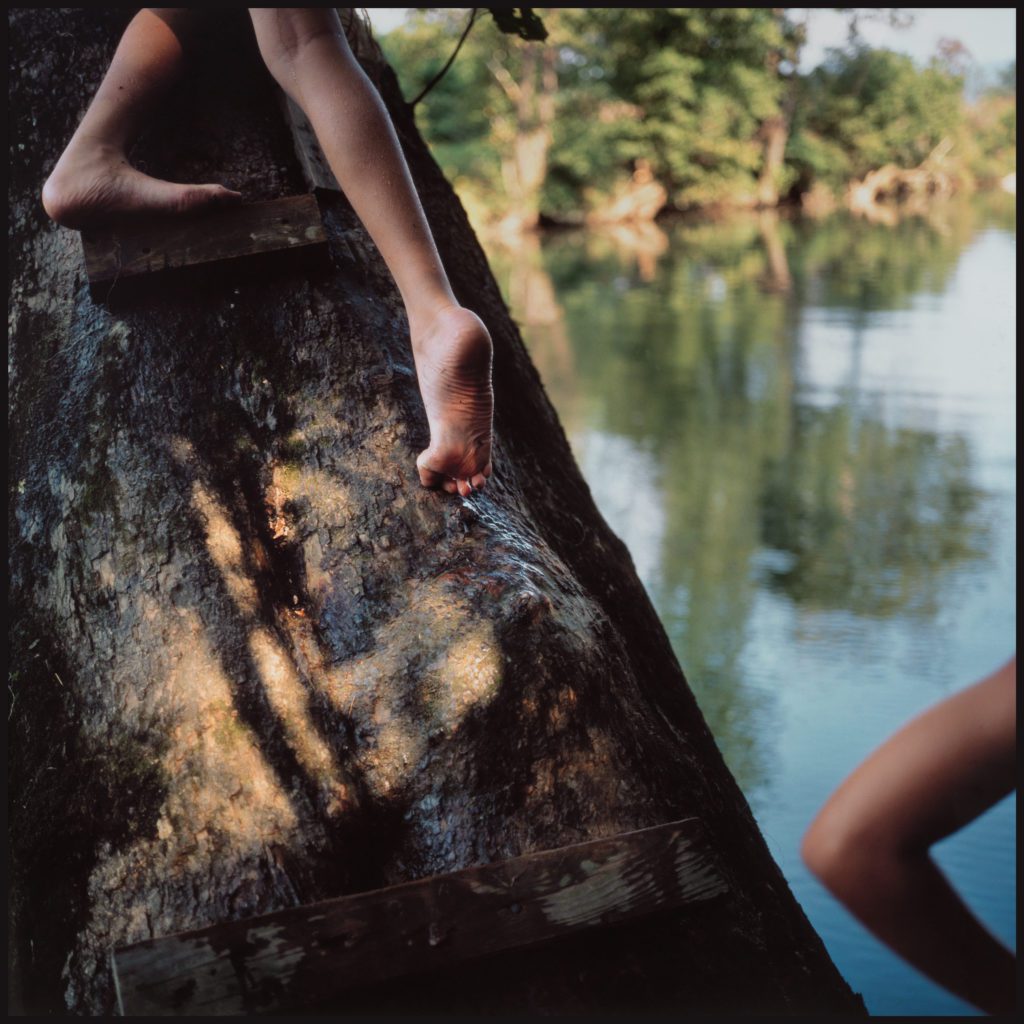Sally Mann at the National Gallery
By • April 18, 2018 0 1427

Southern culture rests permanently at a crossroads of public opinion, at once fetishized and villainized for its traditions and its temperament. On the surface, we adore its quirks: its languid good nature, its blue-collar earnestness, its humble confidence, its sassy, homespun intellect.
Within that, of course, runs a vein of ever-evolving racial oppression, regressive social practices and cultural turmoil that is the root of all that divides our country.
The indestructible bond of family traditions is what probably most accounts for both the greatest virtues and shortcomings of the American South. An unyielding devotion to family and personal history in geographically isolated areas is the reason that Southern traditions, even when toxic, are so slow in changing. I am from North Carolina, and I can attest that most problems in my family come from the simple issue of being too close for too long in too tight a community.
They are also my reason for breathing. When we first started dating, I told my now fiancée that it was probably better that she met my family before deciding if she wanted to go out with me, because there is very little space or distinction between my individual and family identity.
At the National Gallery of Art through May 28, “Sally Mann: A Thousand Crossings” explores Virginia photographer Sally Mann’s artistic relationship with her family and country, and how the South’s legacy — as both homeland and graveyard, refuge and battleground — continues to permeate American identity.
Born in 1951 in Lexington, Virginia, Mann began to work as a professional photographer in 1972 after graduating with degrees in literature and creative writing. For more than 40 years, she has made meticulous, intimate photographs bursting with narrative, literary and artistic allusion that explore the shifting, disparate forms of Southern identity.
“The South is redolent with the spirits of the past,” says Mann, which in some way serves as a spiritual explanation of her painstaking, antiquated photography techniques. For years now she has used antique box cameras and lenses — wonderfully imperfect equipment — and employed a collodion wet-plate technique, in which she hand-pours a syrupy, glue-like material over her photo plates to painterly results.
Mann allows these old machines and processes to seep into her photographs, creating imperfections in the negative and bringing the “angel of uncertainty” into the work of a compulsively meticulous artist. The resulting photographs are simultaneously hyperspecific and chimerical, like pictures taken by ghosts, like the ether of fading memories caught impossibly through a lens in the moment of their passing into some great beyond.
What is also imbued within that quote is a strange particularity of Southern culture: the presence of a strain of nostalgia for things that still exist.
Before Mann began experimenting with antique techniques, she was already exploring with her camera the space of time slipping away. In the late 1980s and early ’90s, she spent summers photographing her family, her children and husband, at their summer cabin in central Virginia.
Her work from this period is woven with allusions to the internal, mysterious, fragile, fleeting state of her children’s “childness,” its immediacy of emotion and its loss through maturation, seemingly moment by moment.
“Last Light” shows her daughter Virginia at about age 6, hanging shirtless between her father’s seated knees, splayed in a playful crucifixion and staring back at the camera provocatively, listlessly, half asleep. He is checking her pulse beneath her jaw, somewhat ambiguously, maybe checking for life, and a watch on his wrist suggests that maybe it is the time he is checking in his daughter’s pulse. An ashy smudge over her nipple and a different, sticky smudge on her collar bone, like jam or mud, gesture at the surrounding wildness.
There is a lot of allusion to death in these photographs (in all her photographs, really), but in this case it seems more like the death of a particular phase of life, of youth, of these seminal years of parenthood. It seems an odd but natural thing to long for while actively living it.
Other phases of the exhibition cover Virginia landscapes, Civil War battlefields and some fascinating racial complexes of Southern identity, explored through Mann’s childhood Nanny, Virginia “Gee-Gee” Carter, who raised her like a mother and for whom Mann named her own daughter. Here, Mann confronts a truly worthy personal issue, struggling with the “fundamental paradox of the South: that a white elite, determined to segregate the two races in public, based their stunningly intimate domestic arrangements on an erasure of that segregation in private.”
What might be the most powerful single image in the show is a double portrait, “Two Virginias #4.” Mann’s daughter, no older than 5, lies in the lap of her namesake, who is visible only in the back of her head of long white hair and one arthritic hand that reaches up from the bottom of the picture. Young Virginia’s hand mimics Gee-Gee’s gesture, and they reach up together obliquely toward the sky.
The final gallery is a powerful room. Taken in recent years, these photographs cover her husband Larry’s late-onset muscular dystrophy, her daughter Virginia, now an adult, and a series of self-portraits after a serious riding accident.
Photos of Larry’s deteriorating body are made difficult in their intimacy. “David” exhibits his legs, posed like those of Michelangelo’s statue, so oddly similar, only ravaged, sapped of all the muscle and vitality and youth. And then there is “Was Ever Love,” a suddenly gorgeous, sexy picture of his reclining head in profile — young, white stubbly beard and flowing long hair against a dark, rugged face of a lover.
The thing Mann feared in her earliest series of photo — the escape or disappearance of youth — happened. But she is still here, and so are her children and husband. What remains is everything, but none of it is the same.

